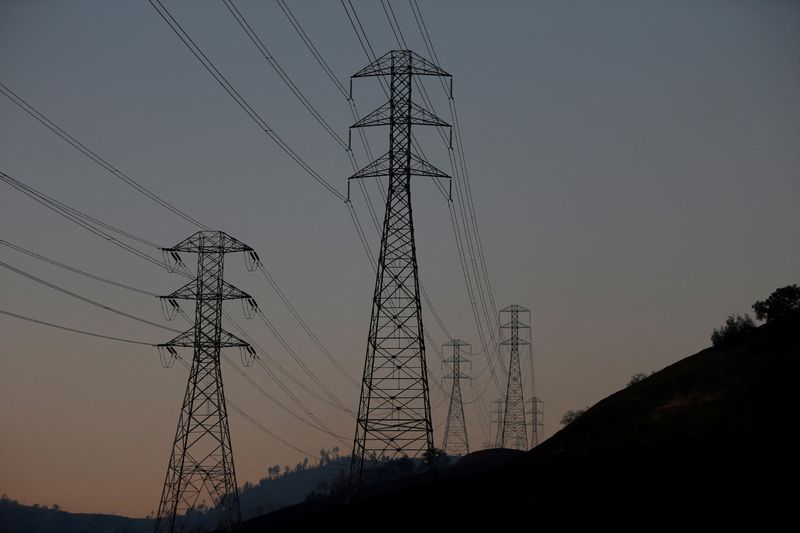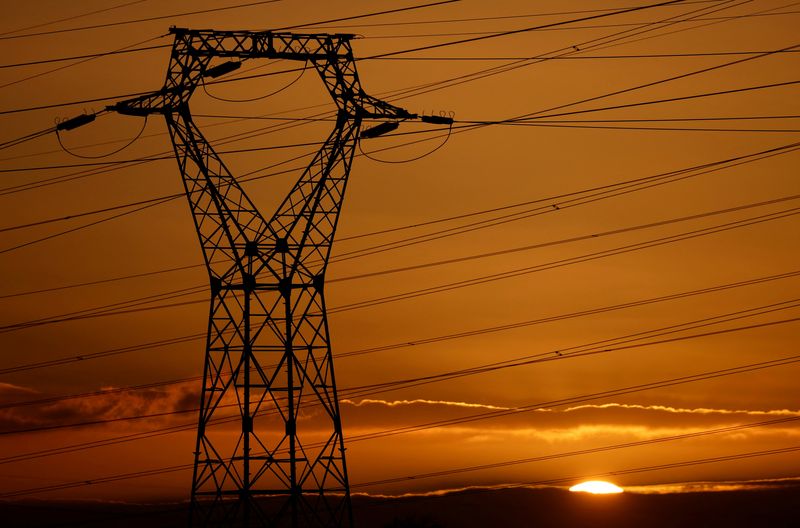(Reuters) - U.S. power consumption was on track to rise to record highs in 2022 and 2023 as the economy grows, the U.S. Energy Information Administration (EIA) said in its Short Term Energy Outlook (STEO) on Tuesday.
The EIA projected power demand will climb to 4,010 billion kilowatt-hours (kWh) in 2022 and 4,019 billion kWh in 2023 from 3,930 billion kWh in 2021.
That compares with an eight-year low of 3,856 billion kWh in 2020, depressed by the pandemic, and an all-time high of 4,003 billion kWh in 2018.
EIA projected 2022 power sales would hold at 1,477 billion kWh for residential consumers, but rise to 1,363 billion kWh for commercial customers as more people return to work in offices and 1,026 billion kWh for industrials.
That compares with all-time highs of 1,477 billion kWh in 2021 for residential consumers, 1,382 billion kWh in 2018 for commercial customers and 1,064 billion kWh in 2000 for industrials.
EIA said natural gas' share of power generation will hold at 37% in 2022, the same as 2021, then slide to 36% in 2023. Coal's share will drop from 23% in 2021 to 21% in 2022 and 20% in 2023 as renewable output rises.
The percentage of renewable generation will rise from 20% in 2021 to 22% in 2022 and 24% in 2023. Nuclear power will slide from 20% in 2021 to 19% in 2022 before returning to 20% in 2023.

The agency projected 2022 natural gas sales would rise to 13.46 billion cubic feet per day (bcfd) for residential consumers, 9.12 bcfd for commercial customers, 22.80 bcfd for industrials and 31.77 bcfd for power generation.
That compares with all-time highs of 14.32 bcfd in 1996 for residential consumers, 9.63 bcfd in 2019 for commercial customers, 23.80 bcfd in 1973 for industrials and 31.75 bcfd in2020 for power generation.
